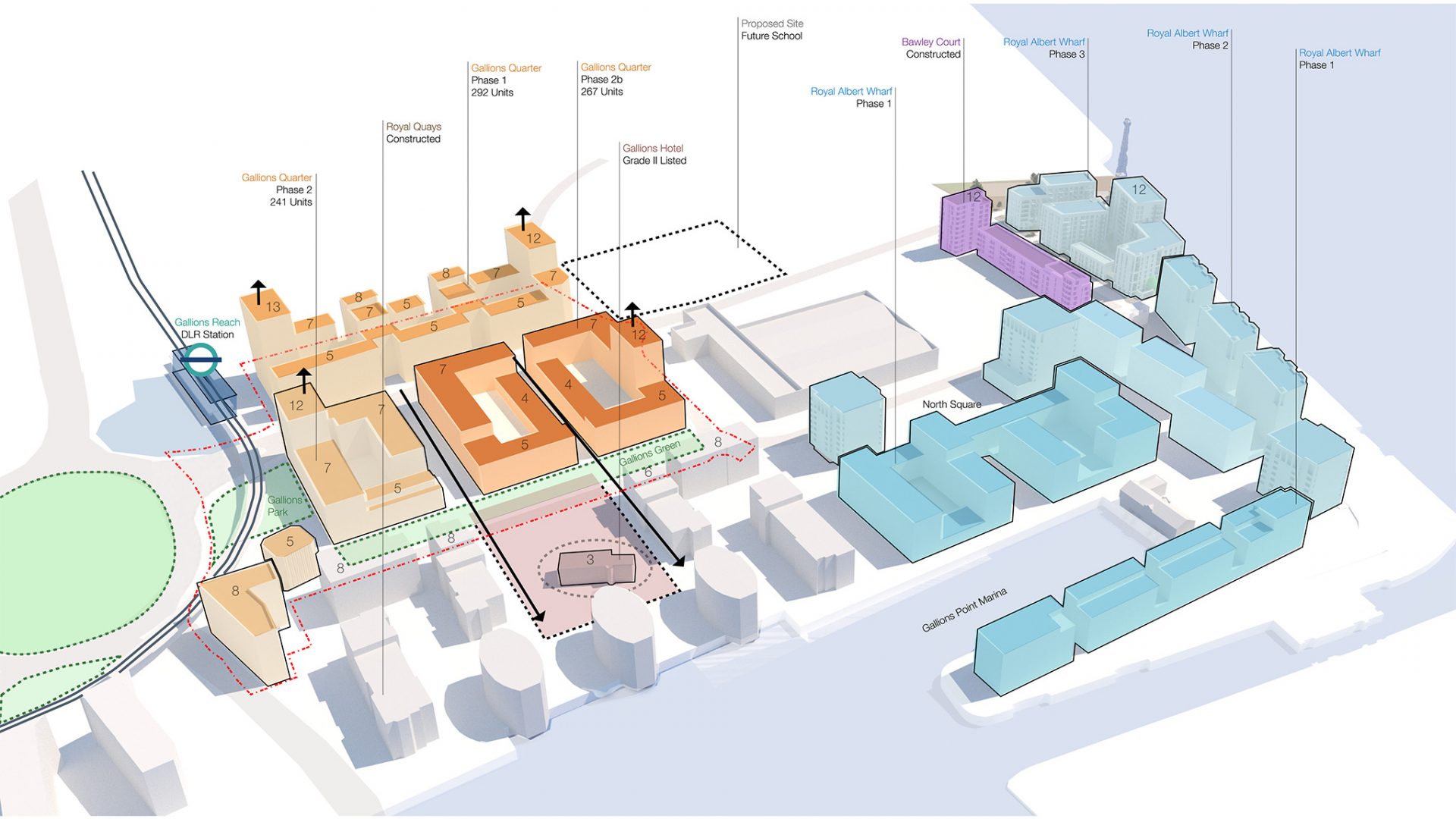- Angela Dapper is a Principal at Grimshaw, currently overseeing their hotels and commercial projects, and part of this year’s LFA Curation Panel. In this piece Angela explores her thoughts on this year’s theme of ‘Power.’

Power and practice: who holds power, and how does it inform creativity? Those that tightly wield their power to maintain strong creative direction – often under the guise of teaching those ‘below’ them – can sometimes be suffocating. Respective of this, we ask: does beauty arise through championing struggles and constraints, or rather unbound freedom to explore? How do we express ourselves in a political and creative climate so tightly bound by power – one in which we are held so accountable by stringent planning systems and internal bureaucracy?
Sometimes the most beautiful responses are those released from societal confines, from another’s personal and contemporary world-view. What would it mean to free ourselves from these shackles of context, removing the pressure of finding the appropriate response, and instead enduing ourselves with the power to create our own visionary architectural environment?
Art and temporary installations give an opportunity to put forward a spatial and temporal response to our current political and societal landscape. We are continually bombarded by the intensity of the news and the frequency of social media ‘soundbites’, when most of us dearly crave intellectual depth and genuine human connection. We desire for both elements of surprise and moments of calm, in our lives and in the world around us; we yearn for opportunities to be, if only momentarily, taken out of this world and into another.






